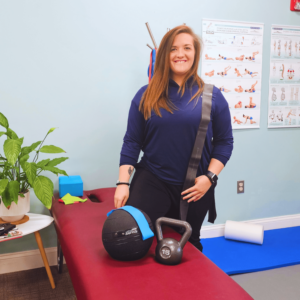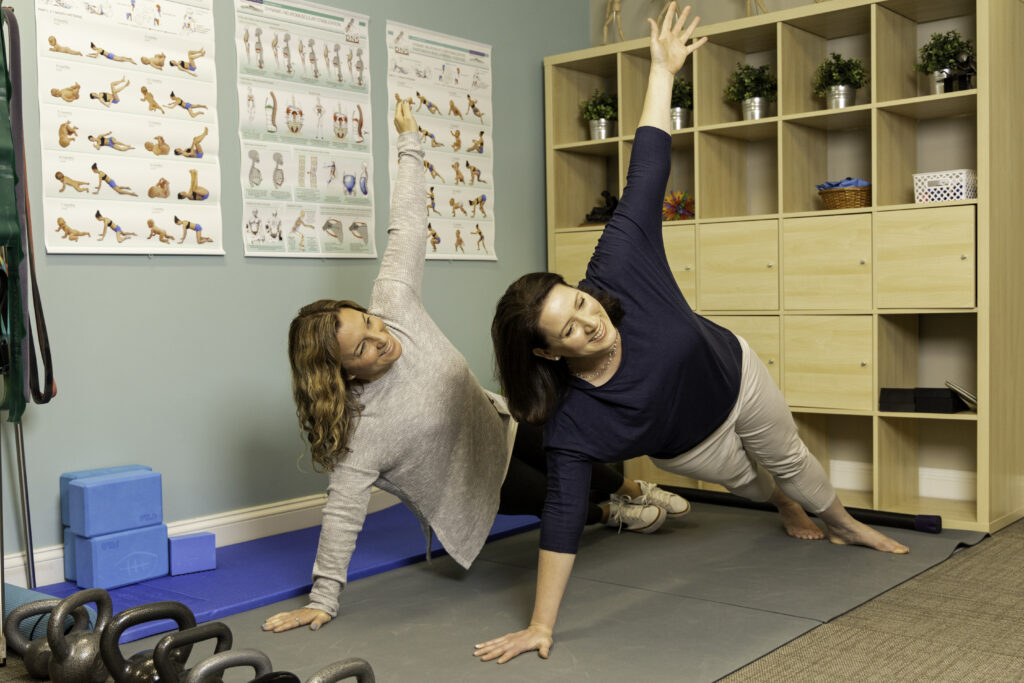Do You Want to Stay Active and Healthy — But Injuries and Burnout Keep Getting in the Way?
You know that exercise is essential for your health. Whether you want to build strength, improve endurance, or simply stay mobile as you age, regular movement is key. But pushing too hard, too fast can leave you feeling drained, sore, or worse — injured. That nagging knee pain or lingering soreness after a workout isn’t just frustrating; it can throw your whole fitness routine off track.
The good news? You don’t have to exercise harder to see results. By learning to exercise smarter, you can make progress, prevent injuries, and keep moving for the long haul.
The Problem: More Effort Doesn’t Always Mean More Results
We’ve all heard the phrase, “No pain, no gain.” But in reality, pushing yourself too hard can backfire. Overtraining leads to fatigue, muscle strain, and even long-term injuries that take you out of the game entirely.
“It’s not the load that breaks an individual down, it’s the load they’re not prepared for.” –Coach Tim Gabbett
At Frederick Chiropractic Wellness Center, we see patients who want to stay active but struggle with recurring injuries. They don’t need to stop exercising; they need to adjust their approach to exercise.
What If You Could Work Out Smarter and Feel Better?
Imagine a workout routine that leaves you energized, not exhausted. Picture yourself making consistent progress without worrying about nagging injuries. That’s what happens when you focus on smarter, more sustainable exercise strategies.
Let’s break down five simple ways you can exercise smarter to stay active and injury-free.
Gradual Progression: Slow and Steady Wins the Race
One of the most common mistakes we see is trying to increase intensity or mileage too quickly. Maybe you’re running three miles a few times a week and decide to jump straight to eight miles. That’s a fast track to shin splints or muscle strains.
Instead, make gradual increases to your workouts. If you’re adding mileage, stick to a 10% weekly increase rule. Your body needs time to adapt to new demands. Progress may feel slow, but it’s a safer, smarter way to build strength and endurance.
Listen to Your Body: Pain Is a Warning Sign
There’s a difference between normal post-workout soreness and persistent pain. If your pain and stiffness is “annoying, but tolerable,” it’s generally safe – and recommended – to keep moving, even if it means slowing down or modifying your routine for a day or two.
If you’re still feeling discomfort more that two days after your workout, or if it interferes with daily activities, it’s time to take a step back, and call us if it’s really disrupting your daily activities.
Recovery isn’t just about rest; it’s about balance. Pay attention to factors like sleep, hydration, nutrition, and stress. If you’re pushing yourself too hard without considering these elements, your body will let you know. Don’t ignore the signs.
Flexibility and Mobility: The Secret to Staying Injury-Free
Tight muscles and stiff joints are a recipe for injury. Stretching and mobility exercises should be part of your routine to keep your body moving well. But if you’re stretching every day and still feel tight, there may be an underlying issue that needs addressing.
Chiropractic care, soft tissue therapy, and mobility work can help identify and treat these problem areas, improving your range of motion and preventing future injuries.
Set Realistic Goals
Setting fitness goals is essential for progress, but they need to be realistic. If you’re aiming for a marathon but haven’t run more than five miles, you’re setting yourself up for frustration and potential injury.
Start with achievable targets. Celebrate small wins, like running an extra mile or increasing your strength by a few pounds. These milestones keep you motivated without overloading your body.
Enjoy Your Workouts: Find What You Love
Consistency is key to any fitness routine, and the best way to stay consistent is to enjoy what you’re doing. Whether it’s yoga, swimming, strength training, or hiking, find activities that make you feel good.
Exercise shouldn’t feel like a chore. When you look forward to your workouts, you’re more likely to stick with them and avoid burnout.
What Factors Are Affecting Your Exercise and Recovery?
Lots of variables can impact your performance on a day to day basis — sleep quality and quantity, nutrition, hydration, and general stress can impact your activity tolerance and limits. Even though physical activity is generally considered “good stress,” it is stress and can send your body over the injury edge if you’ve already got other stressy stuff going on in the background. If your energy and recovery are feeling off, or you’re not able to do the things you think you should, check in on these things going in the background, and adjust your routines accordingly.
You Don’t Have to Do It Alone
At Frederick Chiropractic Wellness Center, we help active people like you stay moving and feeling their best. Through personalized care and movement-focused strategies, we can help you exercise smarter and keep doing the things you love.
If you’re dealing with a recurring injury or unsure how to adjust your workout routine, we’re here to help. Let’s work together to keep you moving, healing, and feeling better.
Ready to Exercise Smarter?
Schedule your next appointment with us to create a sustainable, injury-free plan for your fitness journey.





